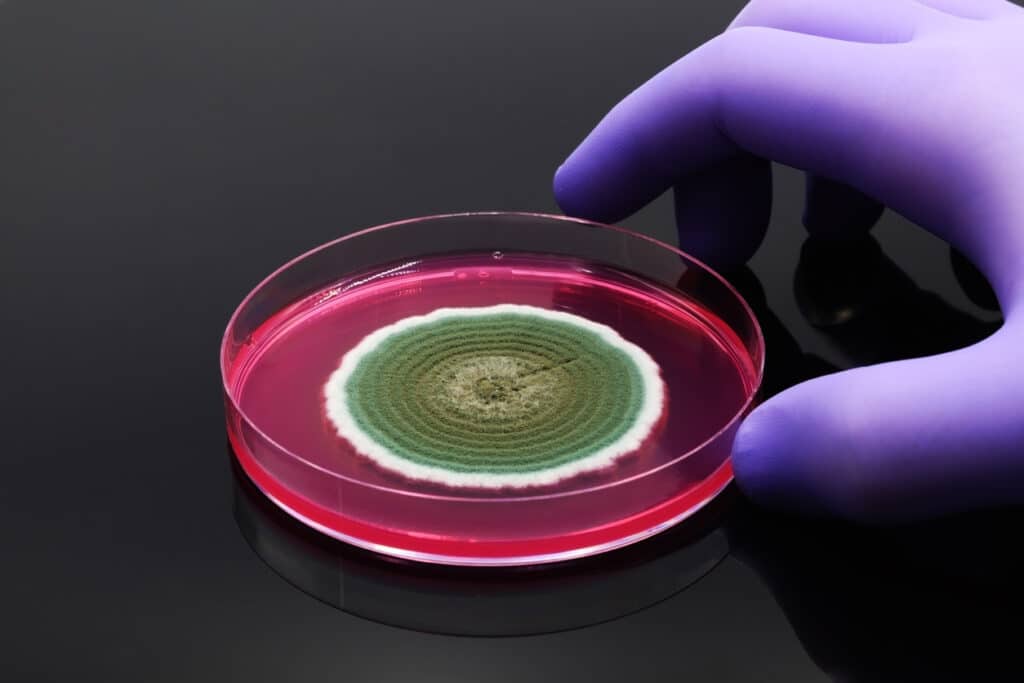In the last 20 years, I have co-authored three books on mold medicine. However, I did not fully appreciate that almost half of the mycotoxins in homes, schools, or work buildings are fat-loving and have fatty parts themselves. Why care?
The body is designed to remove a low amount of mold toxins. But what if your home has water damage and you have not noticed for months, or do you have a very humid area? You can be exposed to mold toxins beyond the body's ability to remove them. That can cause 50 problems listed under SERVICES and MOLD. Another problem with this is if you also have Bartonella, Babesia, and Lyme from a tick bite 3 or 30 years ago [we have 13 books on], it will add to these infections. One plus one is 6.
The issue of fatty mycotoxins arose when a wonderful patient in Fort Myers had her home remediated and she still had symptoms. Binder of all types at high doses helped her. I think they were slowly helping because they were removing mycotoxins stored in her fat and leaking out daily.
Usually, I call Gary Rosen, Ph.D. in Biochemistry, with 13 mold science books and a brilliant Master Builder, and mold is 100% gone in a structure (He is in Davie, Florida). But this is an exception where the healing was not prompt. Her Lyme, Babesia, Bartonella, and MCAS or mast cell activation syndrome was not helping lower inflammation either.
46% OF MYCOTOXINS LOVE FAT SINCE THEY ARE FATTY.
ALMOST HALF OF THE MYCOTOXINS ARE FAT-LOVING AND MAY COLLECT IN YOUR FAT ADIPOSE TISSUE
THEIR REMOVAL SHOULD BE EXPECTED TO BE SLOW REGARDLESS OF THE TREATMENT
SOURCE: These impurities are presented by mycotoxins, polyaromatic hydrocarbons (PAH), and persistent organic pollutants (POP). It has been determined that 46% of studied mycotoxins (n = 1500), 100% of studied polyaromatic hydrocarbons (n = 45), and persistent organic pollutants (n = 55) are lipophilic compounds prone to bioaccumulation. A comparative evaluation of the sorption capacity of four adsorbents of a different nature and polarity concerning the simplest PAH, naphthalene, and lipophilic estrogenic mycotoxin,
Toxins (Basel). 2019 May; 11(5): 256.
Published online 2019 May 7. doi: 10.3390/toxins11050256
PMCID: PMC6563209
PMID: 31067794
Hydrophobized Reversed-Phase Adsorbent for Protection of Dairy Cattle against Lipophilic Toxins from Diet. Efficiensy In Vitro and In Vivo
Alexander Sotnichenko,* Evgeny Pantsov, Dmitry Shinkarev, and Victor Okhanov

